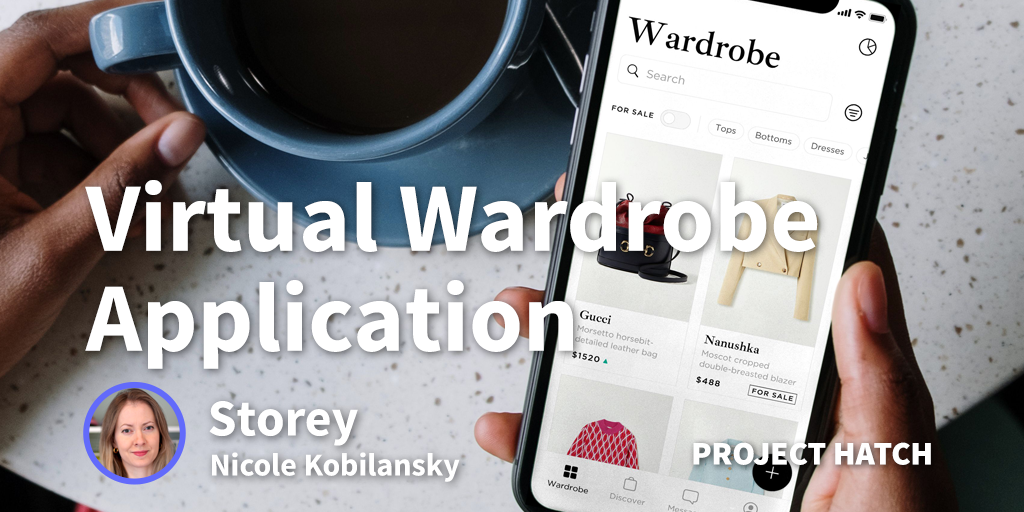I started Micrel Semiconductor after trying three other businesses. I decided to get back into an area to which I had 15 years experience. The local semiconductor companies were looking for quality and reliability testing. I validated the decision to provide testing services by researching the local market. I got my first three customers, because I had good friends and contacts with those companies. I decided to go with bank funding, because I was profitable during the first three months. I decided against VC funding, because I did not need a lot of funding and I wanted to have majority ownership of the company.
How did you attract clients in the early stages?
Because I wanted to be profitable from the get-go, I picked customers with whom I had solid relationships. Because I was in Silicon Valley, I had a boatload of customers who could use my services without going outside the area.
How did you fund the idea initially?
I went with bank debt because I could service the debt with positive cash flow. My partner and co-founder was someone whom I had worked with and known for several years. Since I had numerous years of experience in the semiconductor industry and with local companies, I had a proliferate of potential contacts. For the most part, I never had to use advertising or social media to attract employees. Soliciting potential employees from my existing employee pool helped me find qualified people who would culturally fit in.
Did you run any companies prior to Micrel Semiconductors?
I actually had no previous experience in running a company. What motivated me to start my own business was that my employer, with whom I was working, suggested that I strike out on my own, since. Apparently, I did not fit into a regimented corporate structure. My wife was extremely supportive as were some of my friends. However, there were some naysayers that said I would fail within the first year.
I love challenges and look at problems as opportunities as opposed to barriers: I never give up. My end goal was to not make my employees rich but to help them to become better people. I told my people that it was their job to make themselves rich and use me as a resource to help them. My advice to anyone contemplating starting a company is to:
1) have the experience and aptitude to start the business,
2) learn to do the tough things first (read my book, “Tough Things First”),
3) love your employees and treat them like family, and
4) be passionate: love what you do.
My company grew three times om revenue within the first ten years. We weren’t focused on growth for growth’s sake, but instead we focused on growth with an eye toward profitability. We were profitable 36 out 37 years. We did an IPO on NASDAQ after we had been in business for 16 years. After we IPO’d, the company grew rapidly for the next six years until the DOT-COM implosion. The following fifteen years were growth challenging as we pivoted the company in a different direction focusing on more products and more customers. After the implosion in 2002, we decided to never have a customer with more than 20% of our business. This slowed our growth, but also reduced our revenue fluctuation.
How did you protect the company from competition?
I was very keen on branding and protecting the company. My company held more patents per capita than any other company in our industry. While patents are expense and difficult to protect, they are like “speed bumps”; they will slow down the competition.
What tools help you run your business efficiently?
The most important application is our accounting software. The next is our sales management software, manufacturing planning, and some home-brewed software.
What are your goals for the future?
My decision to write Tough Things First was based on numerous requests for me to do such. My entrepreneurial experience is unique and beneficial to young entrepreneurs. I currently have an entrepreneurial training program called ZinnStarter at six universities/colleges. The purpose of ZinnStarter is to teach and fund students to learn and run companies while still in school. Readers can learn more about all of my projects at: www.toughthingsfirst.com.
| Company Name: | Micrel Semiconductors |
|---|---|
| Founder: | Ray Zinn |






